#ancient humans
Text
I want to take an ancient Greek poet to Broadway and bring them to Hadestown.
I want to show them that this story is still loved and important and we're still singing the songs and telling the stories, in our own way, in our own time, but in a constant lineage that goes back millennia.
I want to bring the sculptor who made the Venus of Willendorf to the art museum and say "we have continued forever to try and capture beauty and love in clay and stone that might outlive us"
I want the women to stitched the Bayeux tapestry to come to my local quilting club and ask them questions about their work and sit and gossip with tea loaded with cream and sugar while we busy our hands with stitching new works of art to pass on to our children.
I want to show these ancient people that we love them. We remember them. Their stories matter to us and we are their children and we remember. We're going to tell these stories again and again. We will make art again and again.
It's an old song
It's an old tale from way back when
And we're gonna sing it again and again
We're gonna sing it again
#humans#hadestown#art#humanity#ancient humans#orpheus#eurydice#craft#needlework#sculpture#music#Emily talks#don't mind me just getting emotional
360 notes
·
View notes
Text

75 notes
·
View notes
Text
currently crying over ancient humans and how the drive to create art and tell stories is literally ingrained into our DNA. how our species loves so deeply and mourns our dead so tenderly that we laid them to rest in beds of wildflowers, curled up like they were going to sleep for the final time. How children, when walking in mud and sand would tamp down their footprints and look at the marks they left. That in caves, small hands are on the ceiling because a loved one lifted the child up to decorate their home like we lift little kids up to decorate a Christmas tree or their bedroom walls. the fact that art was one of the first things to be created for our own enjoyment fills me with a feeling I don’t know how to describe. If I wasn’t going into illustration, I’d be an archeologist because I can think of nothing more amazing than uncovering the threads that weave the timeline of humanity together. I will never know these ancient humans and it makes my heart ache. The fact that we, hundreds of thousands of years in the future, are able to look back and see ourselves in those who never could have imagined what today is like is the coolest feeling ever.
#having a normal one#archeology#ancient humans#ancient history#paleolithic art#the creative spirit endures under every circumstance#and I think that it’s the most beautiful trait the human species has
840 notes
·
View notes
Text
When I am on my couch crocheting 225 granny squares to make a blanket and my partner is next to me coding a video game he is making for hours at a time I remember we are really no different than our ancestors. Just funny monkeys in love with using tools and making stuff! Using our hands! Just like our ancestors hundreds of thousands of years ago, I’m just like them fr.
#deconstruction#anthropology#archeology#neolithic#Neolithic core#homo sapiens#sapiens: a brief history of» humankind#hominids#ancient humans#agnosticatheist#atheist#secularism#secular humanism#humanist#humanism#neanderthal#art history#sapiens
20 notes
·
View notes
Text
Unprecedented genetic research with scientists from around the globe, led by Prof. Eske Willerslev, sheds light on the origins of multiple sclerosis. The research team has unraveled the ancient genetic codes, exposing the surprising link between Yamnaya herders, the spread of MS – as well as why northern Europeans are taller!
The creation of the world's largest ancient gene bank has provided astonishing insights into the origins of diseases and the migration of genes across Western Europe and Asia over 34,000 years!
How did ancient farmers' advantage against infections lead to a higher risk of MS today? The past has never been so relevant to our present health!
#Ancient Humans#gene#genetic#DNA#Yamnaya#Mesolithic#Neolithic#Bronze Age#disease#herders#ancient#history#ancient origins
28 notes
·
View notes
Text
Along with more fossils and artifacts, the DNA findings are pointing us to a challenging idea: We're not so special. For most of human history we shared the planet with other kinds of early humans, and those now-extinct groups were a lot like us.
We can see them as being fully human. But, interestingly, a different kind of human.
What's more, humans had close—even intimate—interactions with some of these other groups, including Neanderthals, Denisovans and "ghost populations" we only know from DNA.
34 notes
·
View notes
Photo



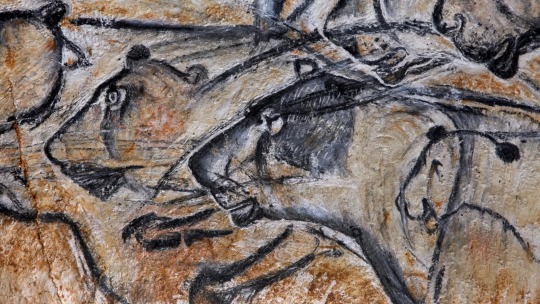

Chauvet cave paintings, France.
30,000 years before the present times, we met some of the most majestic beings to walk the Earth, in this part of the painting you can see, horses, bison's, rhinos... All together probably scared of the pride of cave lions behind them... A forgotten scene of a lost world, frozen in time
#art#arte#paleontology#paleontología#prehistory#prehistoric#prehistoric animals#ancient#ancient humans#painting#pintura#cave art#cenozoic#megafauna#beautiful#earth#humans#animals#fauna
424 notes
·
View notes
Text

Out of Africa: Not just once, but many times
A new analysis of an ancient hominin fossil sheds light on the "Out of Africa" dispersal events that occurred more than one million years ago.
In the story of how early hominins evolved and spread across the planet, few places are as important as the Levantine corridor, the land bridge that connects Africa with Eurasia. It was through this passage that many ancient hominins left Africa. The remains of those who crossed, and the artifacts they left behind, offer a wealth of evidence into when and how these migrations — or “dispersal events” — occurred, the first of which took place nearly two million years ago.
These dispersal events form the basis of the “Out of Africa” theory of early hominin migration. Although the theory is widely accepted, there are still many open questions regarding exactly when early hominins migrated into Eurasia, whether that migration occurred in waves or a single event, and what ecological factors might have pulled many of them to the north.
A recent analysis of a 1.5-million-year-old vertebra discovered in modern-day Israel sheds light on ancient dispersal events.
The study provides solid evidence that, in the Early Pleistocene period, there were at least two distinct waves of hominin migration, each of which involved distinct hominin species. The fossil is also the second-oldest hominin bone found outside of Africa. The results were published in Scientific Reports...
Read more:
Out of Africa: Not just once, but many times - Big Think
#out of africa#africa#anthropology#ancient humans#hominids#hominins#human evolution#evolution#science#nature#prehistoric
30 notes
·
View notes
Text

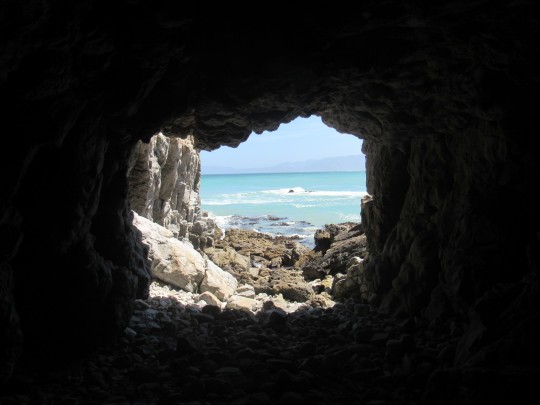
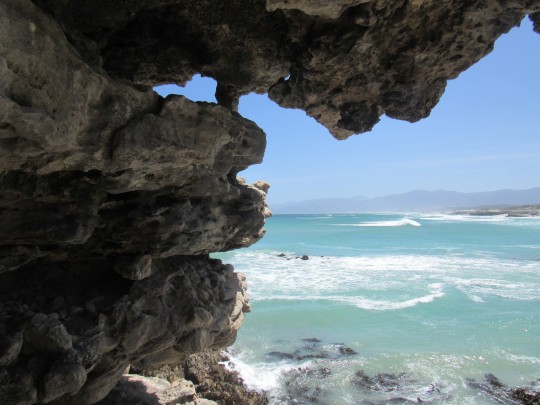


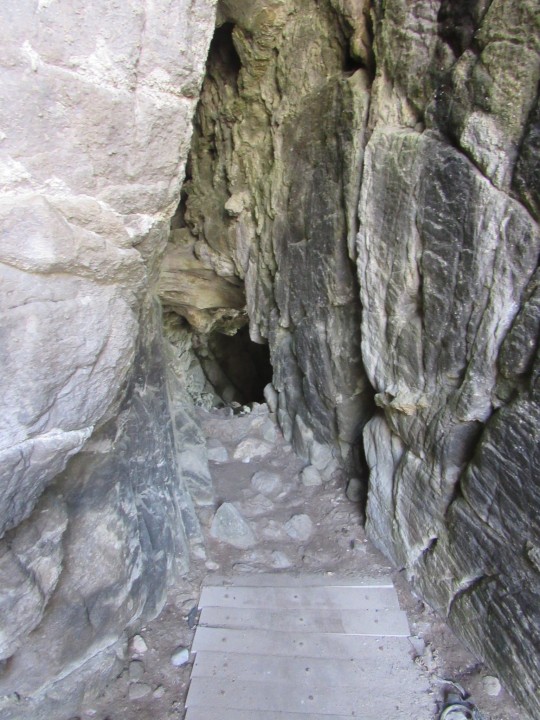
Klipgat cave, Western Cape near Gansbaai. One if several sites in South Africa where ancient humans hunted. It is an active archaeological dig site. It is possible that coastal humans may have gained a critical advantage due to access to high protein seafood.
#south africa#africa#original photography on tumblr#wildlife photography#cave#western cape#ancient humans#archaeology
11 notes
·
View notes
Text
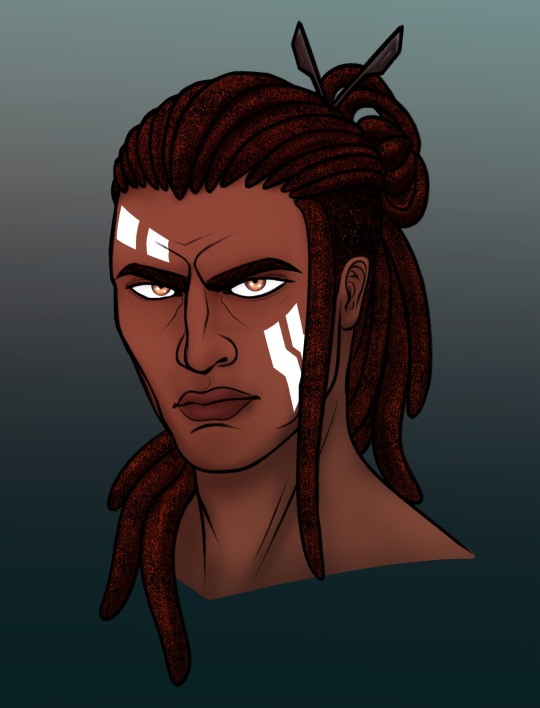
Say hello to The Forger
11 notes
·
View notes
Text


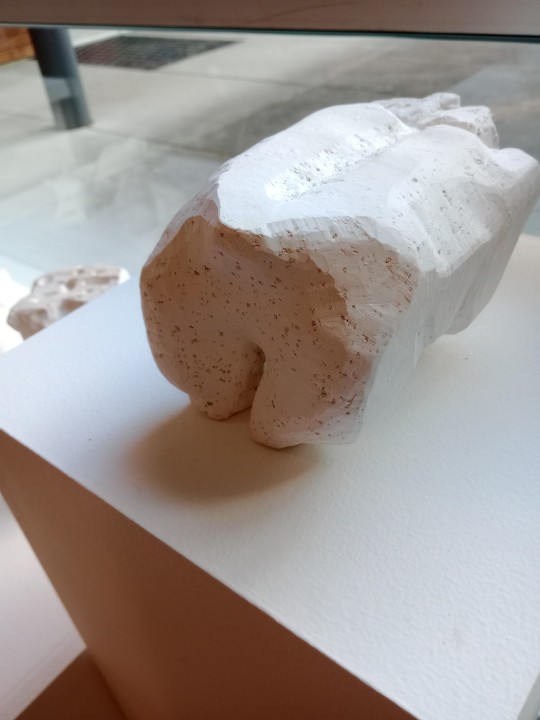
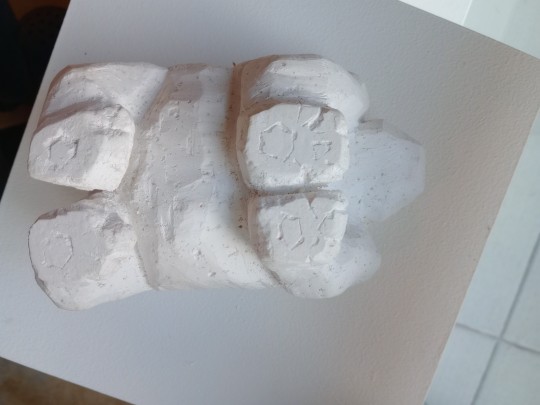
The assignment was to carve a block of plaster like a stone carving but easier. I was inspired by ancient human carvings of animals and made a bear :)
#art#traditional art#sculpture#sculpture class#plaster#plaster carving#bear#ancient history#ancient humans
9 notes
·
View notes
Text

#question everything#history#ancient#ancestors#gobekli tepe#time capsule#ancient humans#warning#rewrite history
13 notes
·
View notes
Text
Because mtDNA is passed down exclusively from mother to offspring, if Neanderthal males were the only ones contributing to the human genome, their contributions would not be present in the mtDNA line. It is also possible that while interbreeding between Neanderthal males and human females could have produced fertile offspring, interbreeding between Neanderthal females and modern human males might not have produced fertile offspring, which would mean that the Neanderthal mtDNA could not be passed down. Finally, it is possible that modern humans do carry at least one mtDNA lineage that Neanderthals contributed to our genome, but that we have not yet sequenced that lineage in either modern humans or in Neanderthals. Any of these explanations could underlie the lack of Neanderthal mtDNA in modern human populations.
-Ancient DNA and Neanderthals
3 notes
·
View notes
Link
THIS IS COOL AS FUCK
Previous researchers have suggested that these symbols could be some form of numerical notation, perhaps designed to count the number of animals sighted or killed by these prehistoric artists. Bacon made the leap to suggest that they form a calendar system designed to track the life cycles of animals depicted in the paintings. He enlisted leading archaeologists from Durham University and the University College London to develop the idea and co-author the new study.
....
In short, if the new hypothesis is accurate, it shows that our Paleolithic ancestors “were almost certainly as cognitively advanced as we are” and “that they are fully modern humans,” Bacon told Motherboard. It also means “that their society achieved great art, use of numbers, and writing” and “that reading more of their writing system may allow us to gain an insight into their beliefs and cultural values,” he concluded.
I’M LOSING MY MIND I LOVE US I LOVE HUMANS LOOK AT US GO
#humans#paleolithic humans#yeah i know this is a vice article about unpublished research so take with grain of salt#but wow how cool#like are you kidding me#this is amazing#ancient humans
37 notes
·
View notes
Note
. I read a lot about this because we had the Neanderthals which were a separate human race that was able to in-breed with Homo sapiens sapiens, and did. There was also the denisovians. // who and what are those 😧😧?? Never heard anything of these oh my god!? Please tell us and where are those like when how what where full question statements 😭😭😂
I linked a nat geo article in the ask! But here’s some others.
Neanderthals made humans more adaptable
Denisovian cave girl
Kissing Neanderthals
Neanderthal extinction
What Denisovans looked like
Neanderthal DNA
Sometimes I find myself going down rabbit holes and this was one of them. Initially I was curious why we only had one human species! Then just googled a ton of stuff. These articles will tell you way more than I can!
50 notes
·
View notes
Text
A new study has revealed that early humans in the Philippines crafted ropes and baskets from plant fibers as far back as 40,000 years ago!
63 notes
·
View notes